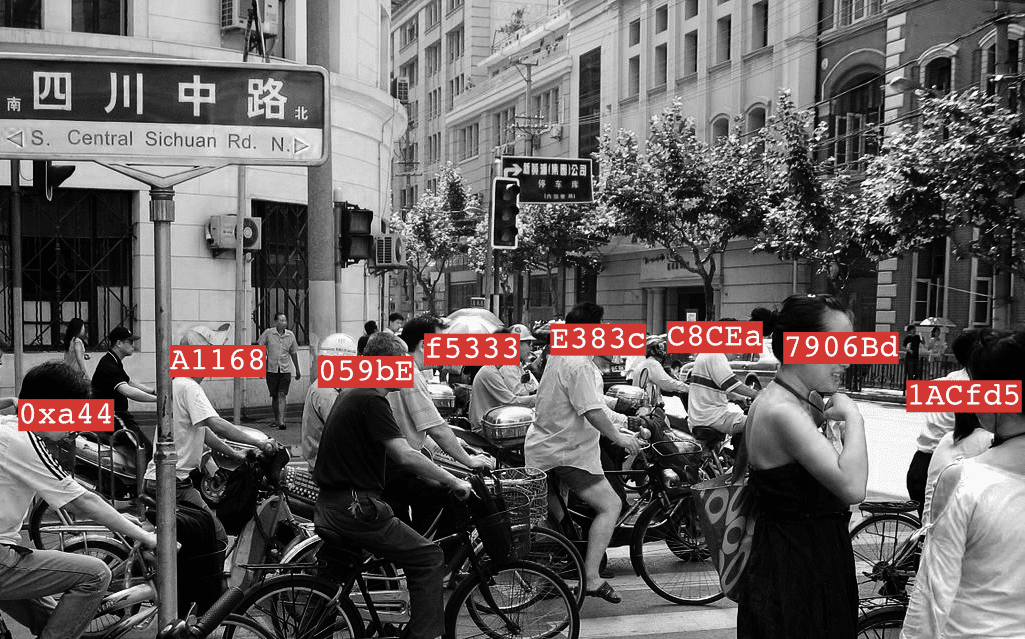You don’t want to risk your business upon a tax avoidance issue. More and more countries around the world have already taken action to prevent companies from pursuing tax evasion. China is no exception. As many other countries, People’s Republic of China (PRC) has enacted the General Anti-Avoidance Rule (GAAR).
This rule were introduced in China along with the Enterprise Income Tax Law effective in 2008. Later on, more precise guidelines were provided by China’s highest tax authority, the State Administration of Tax (SAT). The latest one went into effect on February, 2015. The Administrative Measures for the GAAR re-affirms the stance by the PRC authorities to attack tax-avoidance schemes.
What is a GAAR?
Generally speaking, a GAAR is a tool used by the tax authorities to counter unacceptable tax avoidance practices that could appear as legal under the terms and interpretation of the ordinary tax law. A GAAR is typically designed to look for genuine intention of a company to apply for tax exemption. This regulation can help authorities to determine if a taxpayer has misused or abused tax law.
The GAAR gives the tax authority the power to cancel a tax benefit or assess a different tax liability against the taxpayer in circumstances where the desire to obtain a relevant tax benefit is not necessarily motivated by economic substance.
- carrying on illegal activities which result in avoiding the declaration of tax;
- avoiding recovery of evaded taxes, tax fraud, resistance of paying tax and issuance of false invoices, etc.
Such violations are dealt with by the Tax Collection and Administration Law (the “TCAL”).
Are you in breach with the law without knowing it?
In China, the GAAR applies to any tax avoidance arrangement by an enterprise. It aims to check if the intention of a company to get a tax arrangement has reasonable commercial purpose, rather than the only purpose of obtaining tax benefits, which would be illegal.
The main or sole purpose of a tax avoidance arrangement is to reduce the payment of Enterprise Income Tax (EIT). The arrangement meets the requirements for such reduction in EIT as a matter of legal form but not as a matter of economic substance.
The GAAR Measures reiterates the general substance-over-form principle when making tax adjustments and lays out the following adjustment methods:
- Re-characterize all or part of the nature of a transaction;
- Ignore the counterparty of the transaction for tax purposes or deem the counterparty and other counterparty (ies) as one single entity;
- Re-characterize the nature of relevant income, deductions, beneficial tax treatments, foreign tax credits or others, or reallocate the same among the transaction parties;
- Any other reasonable methods.
Here are a few examples that clearly show what kind of misbehavior the authorities might look for:
- Your WFOE / JV remits large sums or regular payments of management fees, service fees, royalties, etc. to an offshore entity;
- Indirect transfer of entity based in China without proceeding with the proposed filling with the PRC competent authorities.
Filling is requested in specific conditions:
The spirit of the Chinese tax regulation is to levy taxes on the indirect transfer of a Chinese company, when this transfer is operated by the transfer of shares of an offshore mother company. For instance, if indirect transfers of assets, including shares of China-based WFOE, by non-resident enterprises (ie. parent company), through arrangements without reasonable business purposes which aim to avoid tax, this operation will be re-characterized and treated as direct transfers of Chinese taxable property in accordance with CIT Law.
What is not a GAAR?
The following acts are excluded from the GAAR:
- arrangements that are not related to cross-border transactions or payments;
- transaction involving a “transfer of equity and other similar interests” in the foreign enterprise which “results in transactional outcomes which are identical or similar to a direct transfer of the Chinese taxable property” is caught. This includes “a restructuring by a non-resident enterprise that results in a change of the foreign enterprise’s shareholders”.
As such the rules potentially capture the indirect transfer of a broad range of Chinese taxable property as caused by a broad range of offshore transactions resulting in changes in foreign enterprise share ownership.
Transactions caught are however limited to those without reasonable business purposes which aim to avoid CIT, the determination process for which is outlined below.
What are the risks with an arrangement which does not comply with the GAAR?
Once GAAR is invoked, tax authorities are empowered to make special tax adjustments in accordance with the principle of “substance over form”. They use similar arrangements with a reasonable commercial purpose and economic substance as the benchmark.
The adjustment methods include:
- re-characterizing the arrangement in part or entirely;
- disregarding the existence of a party to the transaction for tax purposes, or deem this party and the other party to the transaction as the same, one entity;
- re-characterization or re-allocation of relevant income, deduction, tax incentives and foreign tax credits etc. among parties to the transaction.
The GAAR rules provide the Chinese tax authorities with the power to make adjustments to certain transactions or deny tax benefits. They can allow local tax bureaus to disregard legal entities that are deemed to lack substance. For instance, they could consider profits made by a Hong Kong company as profits made effectively by its subsidiary in the PRC. In that case, authorities could have the right to tax such profits in the PRC if they wish to do so. In addition, tax fines and late penalties may be imposed.
Any foreign companies with operations in China should be well aware that tax-motivated structures and transactions lacking sound commercial purposes and substances have come under the radar of China tax authorities.
Leaf Law Firm can provide a review of your tax arrangement to help you determine the level of risks to Chinese authorities’ sanctions.
For further information, please contact:
Jean-Philippe Engel – jp.engel@leaf.adrien-lamotte.fr
Bruno Grangier – b.grangier@leaf.adrien-lamotte.fr












